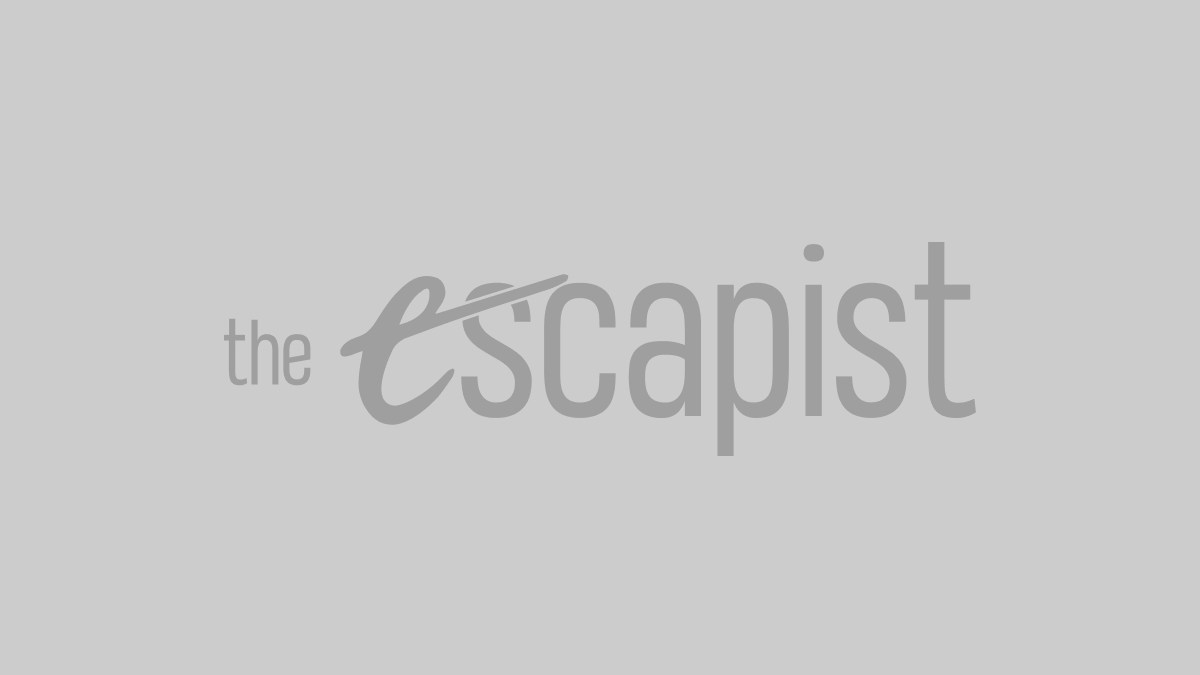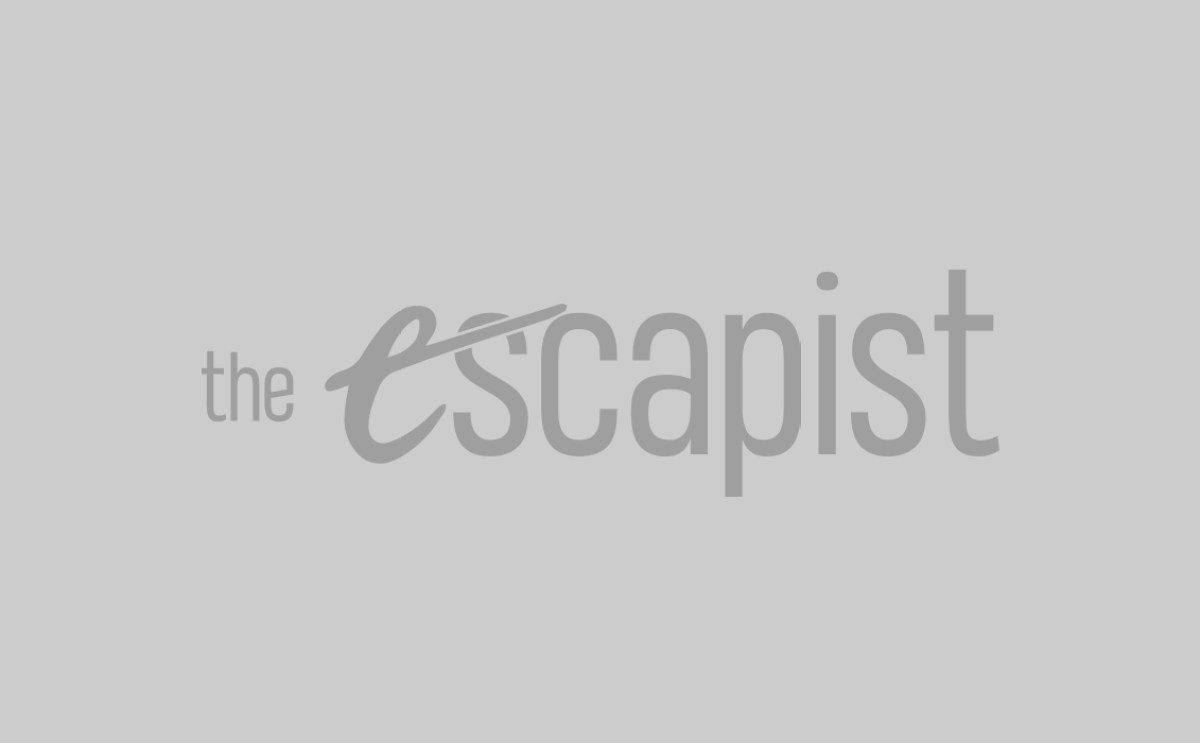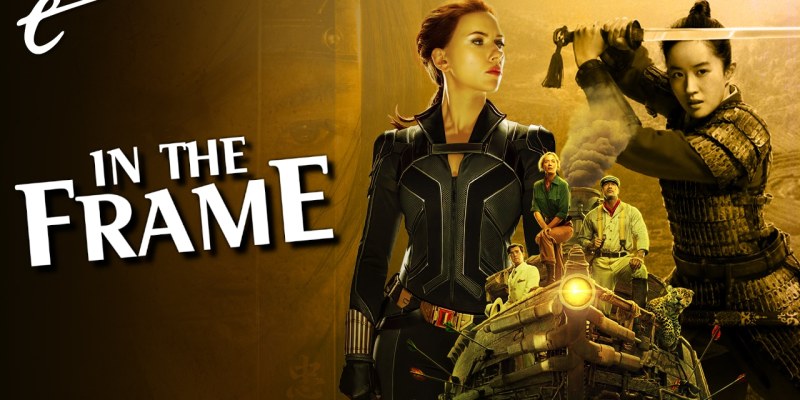At the start of the pandemic, it seemed like streaming and simultaneous day-and-date release models might be the future.
After all, the major studios had been pushing in that direction for about a decade. In 2010, Disney had made a big show of shortening the theatrical window for Alice in Wonderland. In 2011, Universal had pushed for a simultaneous streaming release for Tower Heist before being forced to back down by theaters. Studios were getting greedier, with Disney reportedly squeezing theaters for a higher share of the profits (and very favorable terms) on films like Star Wars: The Force Awakens and The Last Jedi.
In theory, streaming is deeply appealing to the major studios. It essentially brings back the vertical integration of the old studio system, where major studios owned their own theater chains that exclusively screened their own output, but without the infrastructure costs. Going straight to streaming would mean cutting out the middleman, allowing studios to take all the profit for themselves. More than that, a subscriber model provides a constant and steady stream of revenue.
The pandemic provided a unique set of circumstances that allowed the studios to effectively test the waters on this model. With so many cinemas closed during lockdown, and with those reopening dependent on studios for content to screen, there was minimal pushback when the major studios began sending films directly to in-house streaming services. The result was a year-long proof of concept for what many imagined (or feared) would be the future of film distribution.
In the early months, studios were cautious. Warner Bros. quietly sent Scoob! to video on demand. Universal released Trolls World Tour and The King of Staten Island on online platforms. Paramount sold The Lovebirds to Netflix. Disney dropped Artemis Fowl on Disney+. As the pandemic wore on, studios became bolder. Disney released Mulan, Black Widow, and Jungle Cruise on Disney+ for an additional fee. Warner Bros. announced its entire 2021 slate was going day-and-date on HBO Max.

Initial metrics were positive. One of the earliest simultaneous HBO Max releases, Kong vs. Godzilla, over-performed in theaters. It gave the impression that the cinemas and streaming could coexist. Similarly, Black Widow boasted an impressive haul in its opening weekend, both in theatres ($158M globally) and on demand ($60M). Perhaps this was a sustainable model for film distribution that would last beyond the confines of the pandemic.
Unfortunately, these indicators were outliers. Black Widow’s box office tumbled 67% in its second weekend, with the National Association of Theatre Owners explicitly blaming the simultaneous release model. While Disney did not release any subsequent on-demand earnings for Black Widow, it seems safe to assume that the Disney+ earnings dropped comparably. For point of comparison, Jungle Cruise earned half as much ($30M) as Black Widow on Premier Access.
This just makes sense. While traditionally studios had to split theatrical revenue with cinemas, it was part of a larger framework. Fans of properties would pay to see certain films multiple times, often bringing friends and family. Then they would buy the home media edition or subscribe to the streaming service. This also excludes ancillary revenue streams like licensing for television. The day-and-date model sacrifices all this long-term revenue for the quick hit of a one-off payment.
It should be noted that there appears to be a budget range where this model is sustainable. Apple was reportedly delighted with the return on its $70M investment in Greyhound. Universal made more profit from Trolls World Tour’s on-demand release than it did from the theatrical release of Trolls, which is notable given the movie’s reported budget of under $100M. These budgets are far below the budgets of blockbusters like Black Widow ($200M) or Jungle Cruise ($200M).

There are other indicators that this model is not sustainable. Other studios have aggressively retreated from it. Rather than developing an in-house streaming service, Sony Pictures has signed a lucrative deal with Netflix that will preserve the exclusive theatrical window before passing movies to the streaming service. Backing away from the HBO Max deal, Warner Bros. signed an agreement with Regal Cinemas to restore the theatrical window in 2022. Universal signed a similar deal.
The HBO Max deal in particular was by all accounts a catastrophe for Warner Bros. It was estimated to cost the company at least $1.2B in revenue, and it’s notable that parent company AT&T chose to divest of WarnerMedia within months of the announcement. The divestiture has been described as a “deconsolidation of vertical integration” by Charter Communications CFO Christopher Winfrey and as a “relief” by Hollywood insiders.
The issue gets thornier when it comes to sharing profit. Scarlett Johansson is currently suing Disney over the streaming release of Black Widow, claiming that the release undermined her profit participation. It is a lawsuit that is being watched very closely in Hollywood, with reports that the stars of other simultaneous streaming releases like Emma Stone from Cruella and Emily Blunt from Jungle Cruise are considering their options.

Some observers flippantly respond that surely movie stars like Johansson have enough money already, which was the subtext of Disney’s extraordinarily passive aggressive response that chastised Johansson’s “callous disregard for the horrific and prolonged global effects of the Covid-19 pandemic.” Of course, one might note that this statement is a tad hypocritical coming from a company that raced to reopen theme parks and cruise ships in that same “horrific and prolonged” pandemic.
It is not easy to side with a multimillionaire in a lawsuit like this, even outside the context of a global pandemic. At the same time, it is perhaps easier to side with a multimillionaire than a faceless international conglomerate worth around $122B. More to the point, while Johansson is rich and powerful enough to take a lawsuit like this, her claim has profound implications for workers who don’t enjoy that profile or that leverage.
Director Christopher Nolan was aggressively critical of this shift to streaming for this reason. Many of those who work below the line in the film industry depend on residuals from theatrical screenings and television broadcasts to keep themselves going. There are countless stories about struggling actors who subsist on residuals from Law & Order guest appearances, where that check might mean “the difference between canned tuna and sashimi.”

“I’m not talking about Ben Affleck,” Nolan told NPR. “I’m talking about the grips, the electricians who depend on IA and IA residuals for pension and health care. I’m talking about SAG. I’m talking about actors. I’m talking about when I come on the set and I’ve got to shoot a scene with a waiter or a lawyer who has two or three lines. They need to be earning a living in that profession, working maybe sometimes a couple of days a year. And that’s why the residuals structure is in place.”
Streaming releases cut into those residuals. It’s notable that many of the streaming deals had to be renegotiated with lead actors and directors on the fly, demonstrating that profit sharing isn’t built into the template. Even beyond that, sending these movies directly to streaming undermines licensing for television and traditional home media revenue, which would have been covered by existing arrangements.
If the only way to make this streaming model close to viable is to exploit below-the-line talent that is already struggling to make ends meet, then perhaps the model isn’t viable. There are undoubtedly lessons to be learned from the past year, and the Hollywood model will undoubtedly change as a result. However, the revolution itself has failed. It was an interesting experiment, but it might be time to call it.
